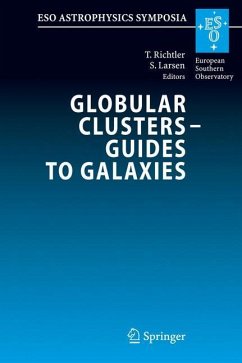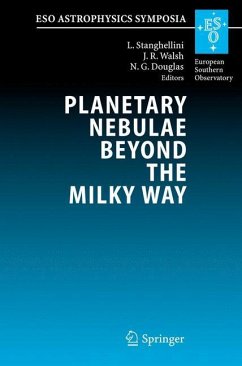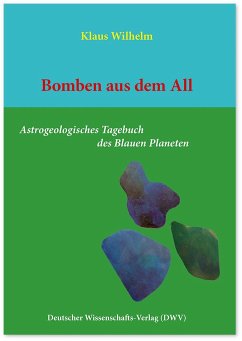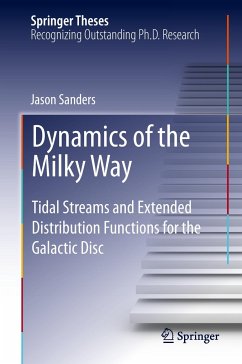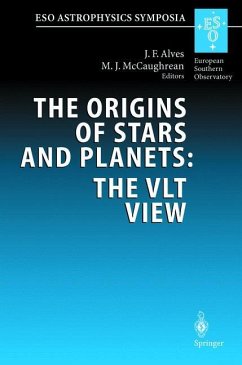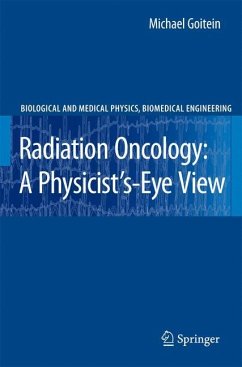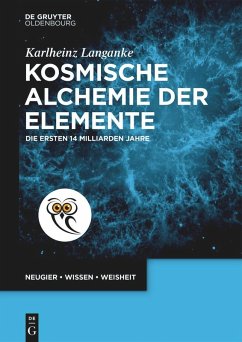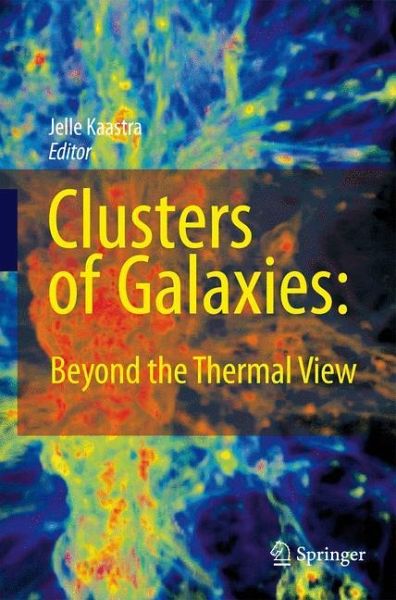
Clusters of Galaxies: Beyond the Thermal View

PAYBACK Punkte
76 °P sammeln!
This book reviews the physics of clusters of galaxies beyond the standard thermal view. It covers topics such as the warm-hot intergalactic medium outside the clusters, non-thermal radiation components, and the chemical evolution of these structures.
The existence of soft excess emission originating from clusters of galaxies, de ned as em- sion detected below 1 keV in excess over the usual thermal emission from hot intracluster gas (hereafter the ICM) has been claimed since 1996. Soft excesses are particularly - portant to detect because they may (at least partly) be due to thermal emission from the Warm-Hot Intergalactic Medium, where as much as half of the baryons of the Universe could be. They are therefore of fundamental cosmological importance. Soft excess emission has been observed (and has also given rise to controversy) in a number of clusters, mainly raising the following questions: (1) Do clusters really show a soft excess? (2) If so, from what spatial region(s) of the cluster does the soft excess or- inate? (3) Is this excess emission thermal, originating from warm-hot intergalactic gas (at 6 temperatures of?10 K), or non-thermal, in which case several emission mechanisms have been proposed. Interestingly, some of the non-thermal mechanisms suggested to account for soft excess emission can also explain the hard X-ray emission detected in some clusters, for example by RXTE and BeppoSAX (also see Petrosian et al. 2008-Chap. 10, this issue; Rephaeli et al. 2008-Chap. 5, this issue).





